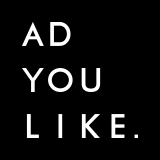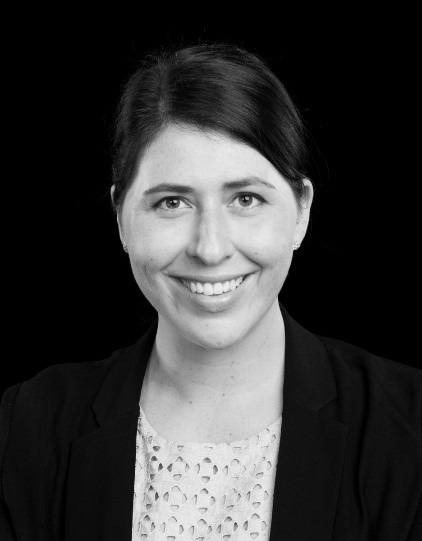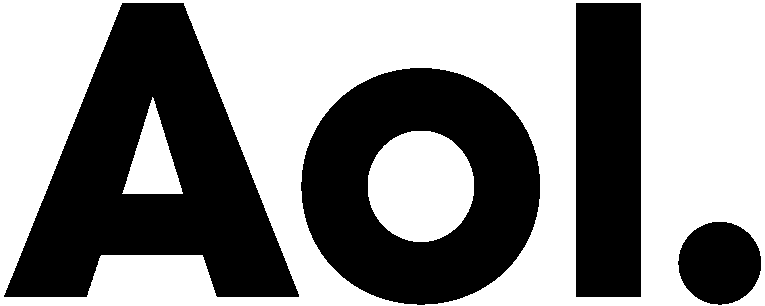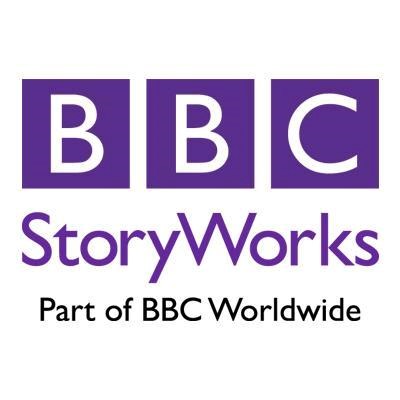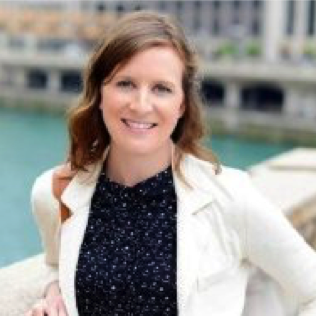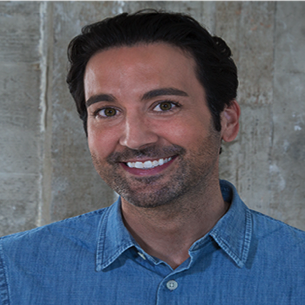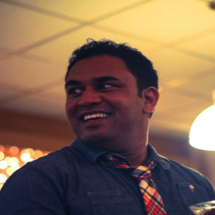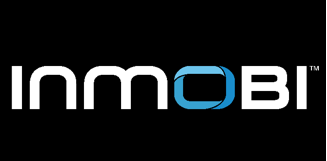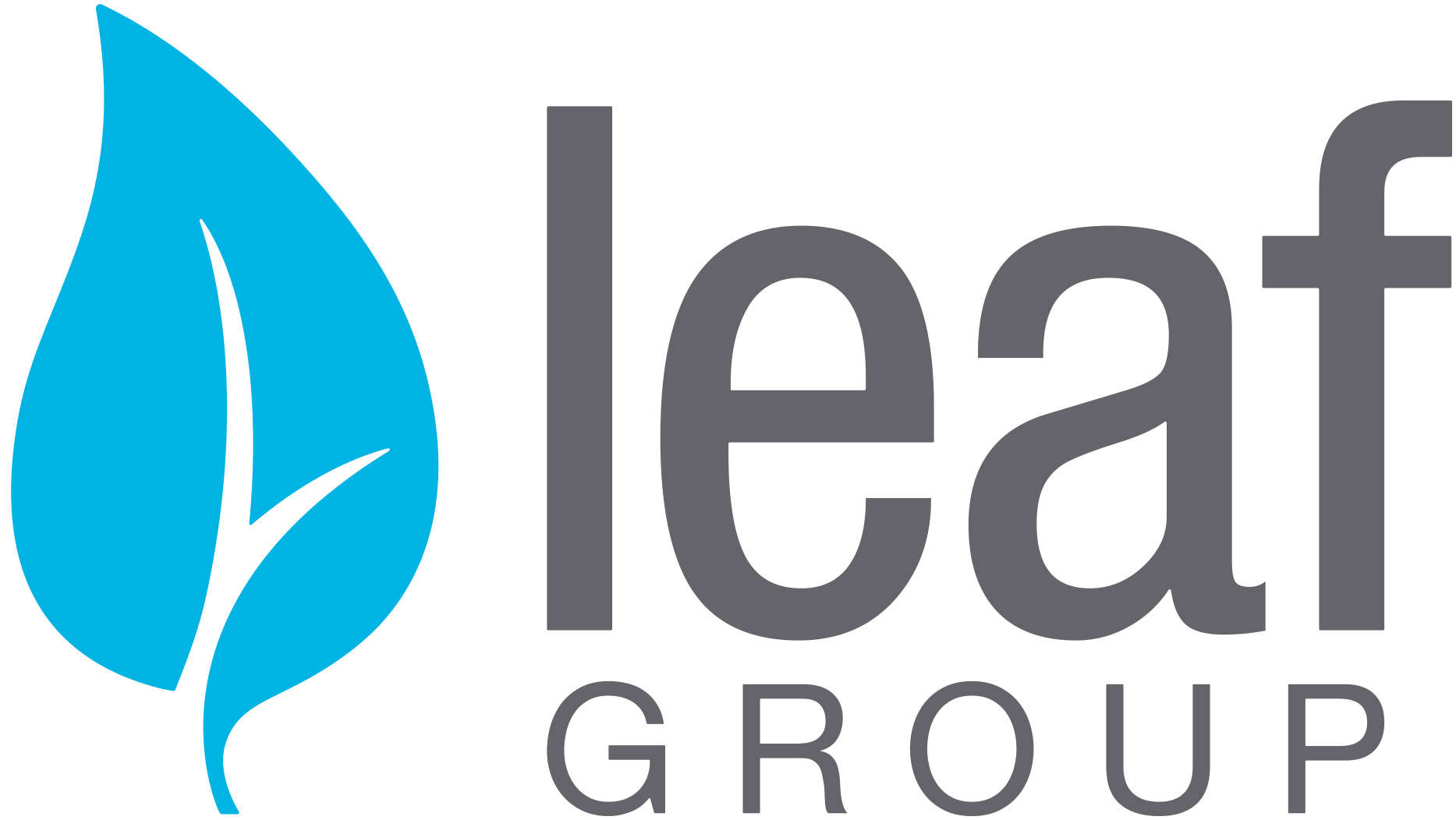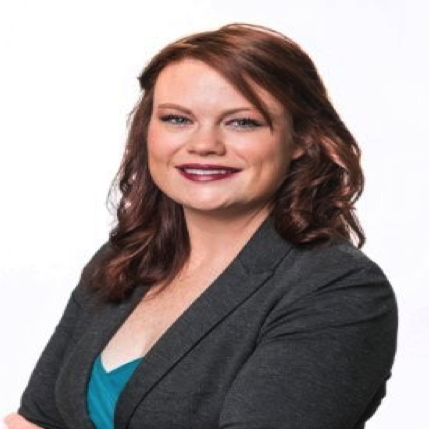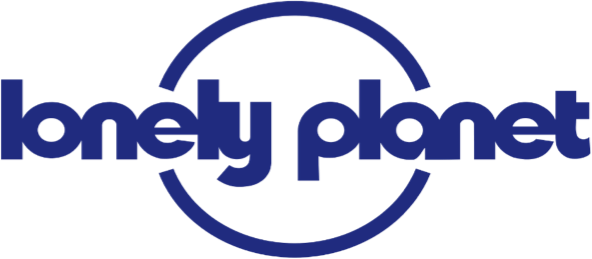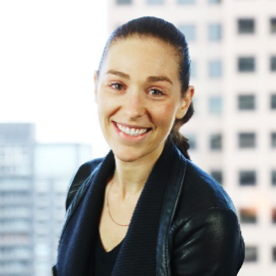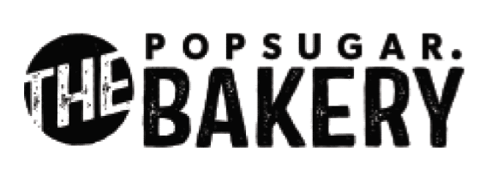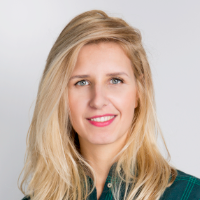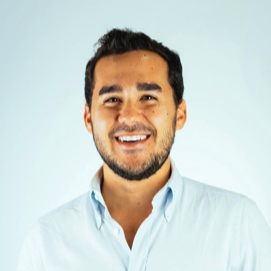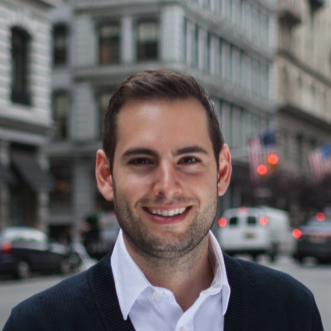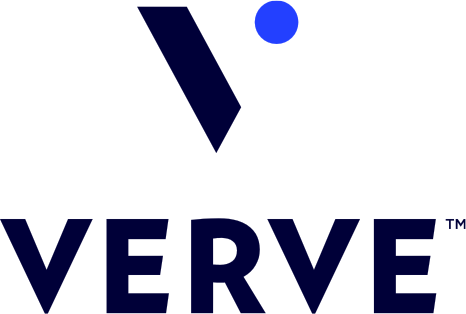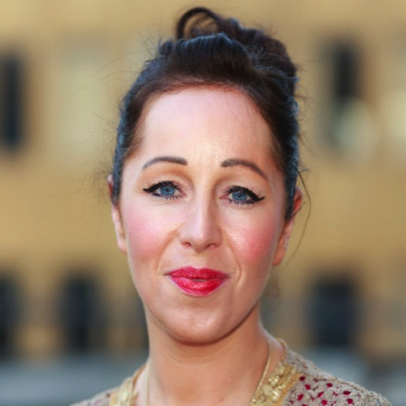Native advertising has fundamentally shifted the way publishers and brands have distributed their content via paid ad formats, largely with in-feed ad units on Content, Social, and Product feeds. We spoke with some members of the IAB Native Advertising/Content Committee to get their take on where native advertising is headed in 2017. What we found was that while much is expected to stay the same, some shifts and new direction are anticipated in 2017. There are also some continuing challenges that the industry must address to ensure that the paid distribution of content via native advertising remains a viable and sound option for publishers and brands alike.
Below are some of the key areas brought up by IAB members which provides a snapshot of what 2017 may look like for native. Most of these revolve around Mobile, Video, and Data. There is certainly a lot to consider as we move into the New Year and there is likely more that we cannot even envision at this date.

Where is Native Headed in 2017?
|
WHAT STAYS THE SAME?
- Continued growth as brands shift dollars from display to native
- Continued focus on user experience and page aesthetics
- Continued focus on channel specific content strategies, with creative developed to specifically for different channels (e.g., photo on Instagram, Facebook video ad audio requirements, etc.)
- Many premium publishers will continue to offer advertisers custom content solutions
- In-feed will continue to make up the bulk of native ad revenue
- Disclosure will remain of paramount importance so a reasonable consumer can tell the difference between the native ad and the surrounding editorial content
|
WHAT SHIFTS?
- More publishers will get on board, including B2B, local, and smaller verticals
- Increasingly, we will see more scalable options with Native OpenRTB and Dynamic Ads
- Related: More major DSPs will support OpenRTB 2.3, building tools to make native buying more seamless
- Focus will shift to a mobile-first perspective
- Visual content, notably video, will rise in relative importance
- Video ad formats will continue to be reinvented (e.g., vertical video, 360 video, outstream, mobile-first video)
- Pricing models will increasingly move from CPM to CPV models and conversion metrics that put value and premium on engagement
- There will be enhanced focus on attention metrics (gaze, time spent, etc.)
- Programmatic solutions will increasingly allow for data driven content optimization in near real time
|
WHAT’S NEW or EMERGING?
- New ad formats will continue to be invented
- Virtual reality native ads will become more of a reality
- More DSP prioritization will support in-app native buying
- Emergence of more native advertising options in messaging apps, previously not available in the U.S., and also with p2p marketplaces (e.g., Uber, Lyft) that are experimenting with new advertising models
|
CHALLENGES?
- Content quality concerns, notably when content moves from storytelling to just plain selling
- Measurement – Continued challenges related largely to walled gardens and reliance on 3rd party suppliers
- Despite gains made with Native OpenRTB and programmatic, scalability is still a concern for many advertisers given cost to produce content, especially video
- Increasing publisher reliance on paid social or content discovery tools
- Ad blocking
|
Download here
Native advertising is here to say, but it will continue to thrive only if the industry continues to focus on the consumer and their user experience with native ads of any form.
Click on each headshot to read individual IAB member predictions from AdYouLike, AOL, BBC Storyworks, Bidtellect, Centro, Flipboard, GumGum, IDG, IGN, InMobi, ironSource, Jumpstart Automotive Media, Leaf Group Ltd., Lonely Planet, Meredith, Merkle, Mixpo, Platform.io, PopSugar, PubNative, Pulsepoint, Sensewhere, Sharethrough, Triplelift, Unruly, Vertebrae, Verve, and Vibrant Media.



